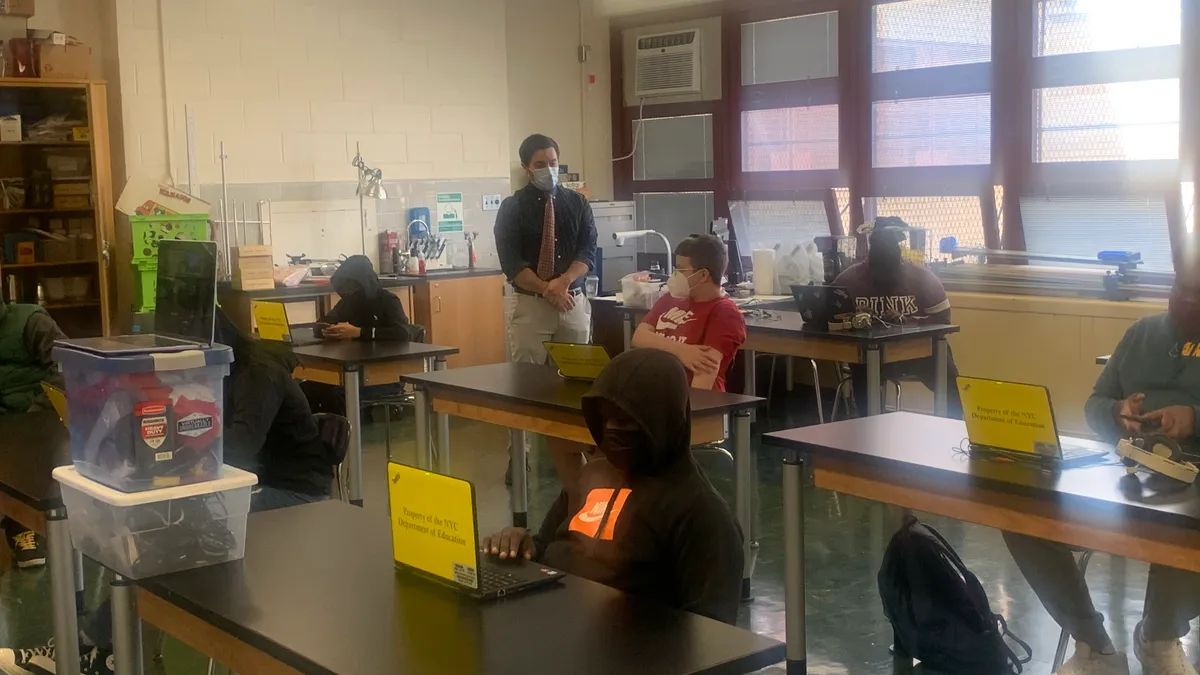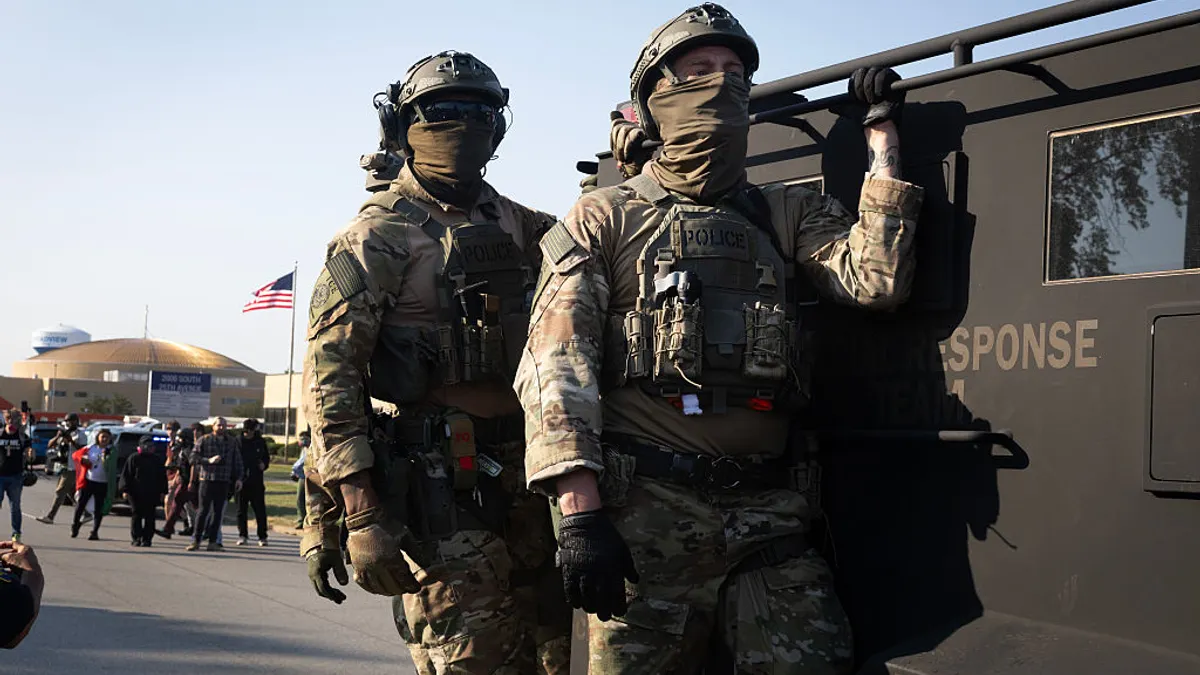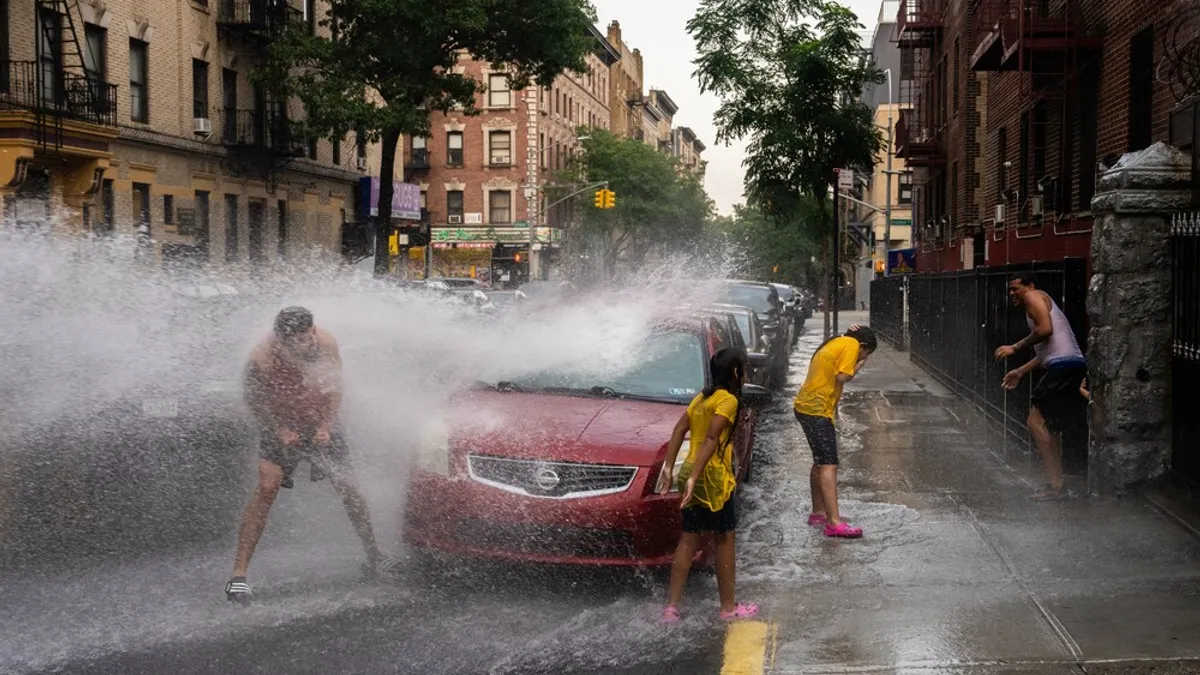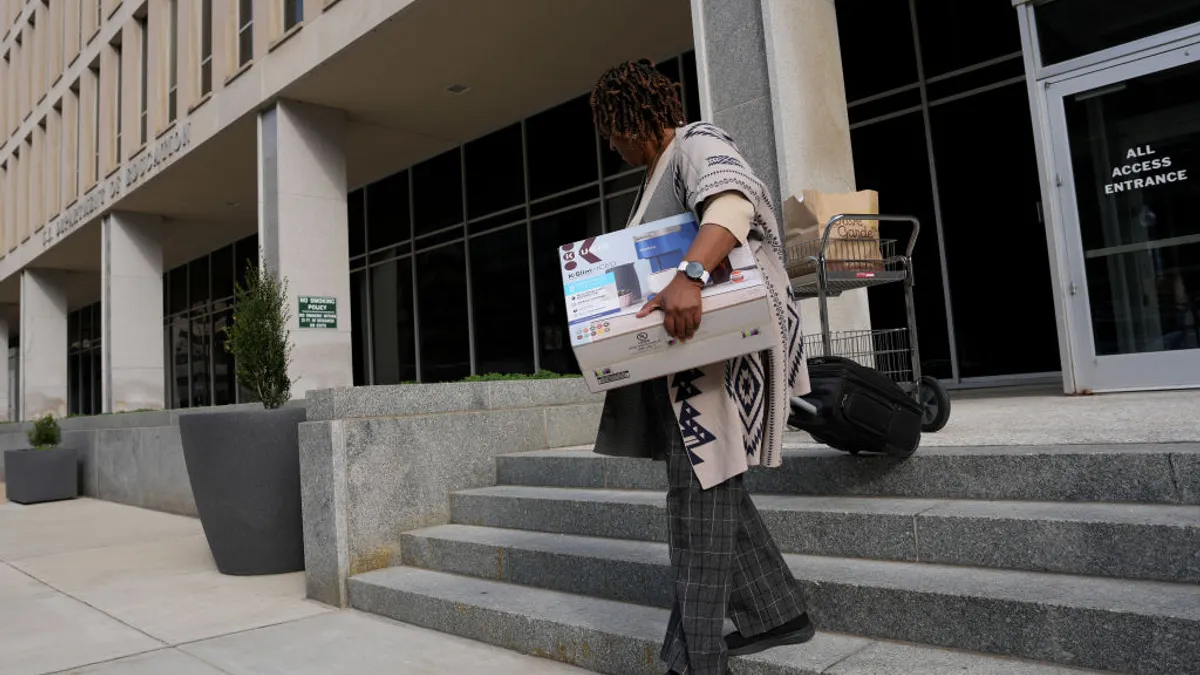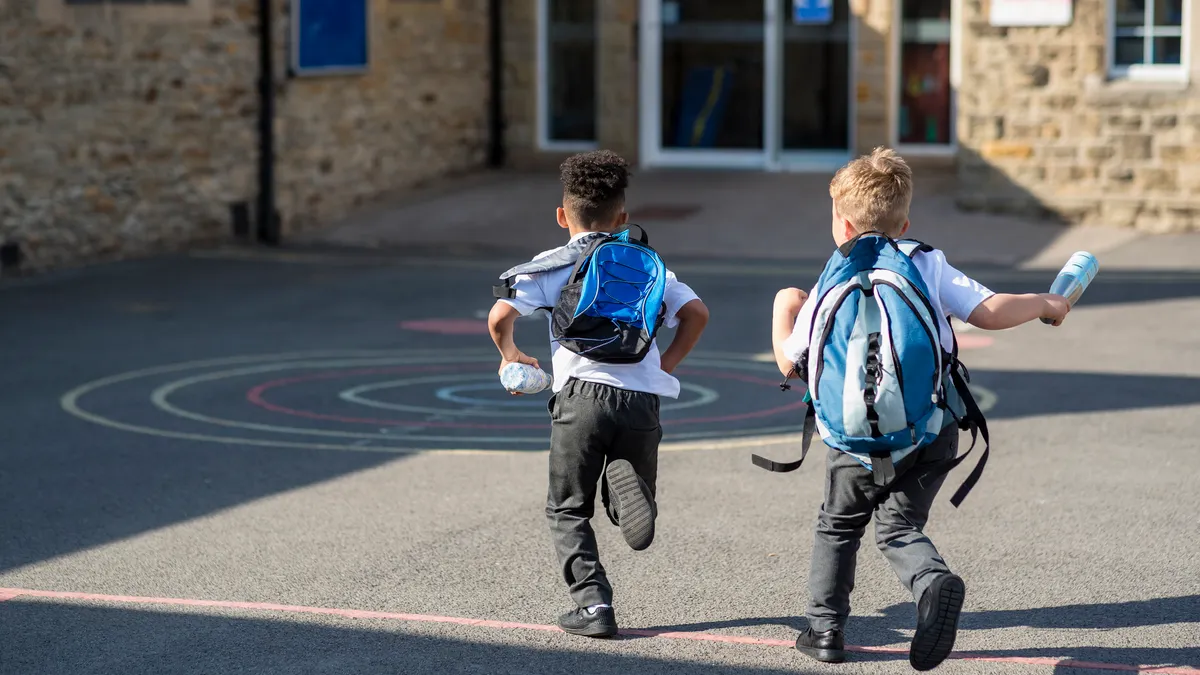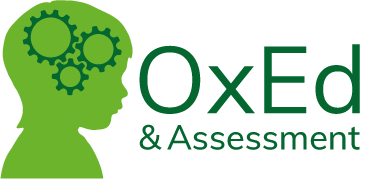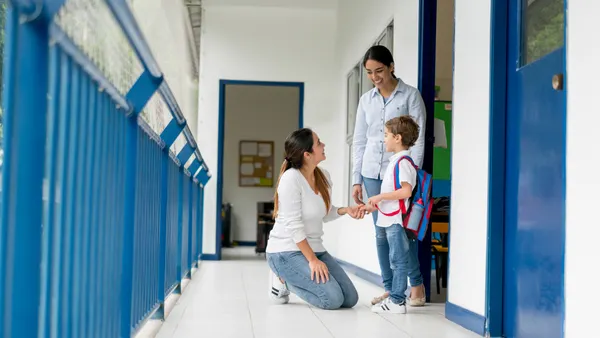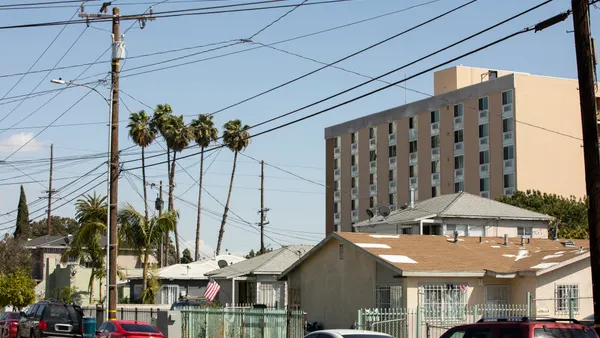The monotony of Zoom classes and the unnatural screen-time interaction with his classmates was not how Anthony Sookdarry wanted to spend 9th grade — his first year at New York City’s Business Technology Early College High School.
But there have been some bright spots to this school year, the 14-year-old said, such as the intentional way the school’s teachers and staff have focused on the social and emotional wellbeing of he and his classmates. “They're really caring and understanding of the new circumstances that have happened with COVID and everything, and being able to comfort students and helping them out as best as they can,” said Anthony.
Known as BTech, the school is part of the New York City Public Schools system, and it started a formal SEL program during the 2019-20 school year when it began a partnership with the Urban Assembly, a New York City-based nonprofit that supports academic rigor and equity. The partnership includes a Resilient Scholar program to structure the systemic inclusion and monitoring of SEL practices schoolwide.
Halfway through BTech’s first year of the SEL program, the coronavirus pandemic hit. As the school’s staff tried to figure out how to move its CTE curriculum online for the more than 500 students in grade 9-12 and those working toward associates degrees, it was uncertain whether the school could continue the SEL program, said Principal Patrice Henry.
The program not only survived, but the curriculum, teacher training, and student and family outreach became more prominent and explicit, because New York City — and the BTech school community — has been particularly hard-hit by the coronavirus. Henry said no staff or students have died from coronavirus, but several staff and students became infected with COVID-19, and many had family and friends who lost their lives.
Combining academics and SEL
Parvatie Prashad, a special education teacher at BTech and the instruction lead for the 9th grade SEL program, said deciding to continue and strengthen the SEL curriculum at BTech this year was “monumental.” While much of the SEL curriculum is included in student’s health courses, the culture of all teachers and staff being accessible and ready to discuss students’ concerns and worries is filtered throughout all courses and offices, Prashad said.
She said the willingness of students to be vulnerable in their conversations and their readiness to offer advice to their peers has grown this year — even while some students worked virtually and had their cameras off.
Anthony said the conversations he and his classmates have had when talking about the hardships they’ve gone through and how there are coping has made him feel less alone. “We’re all feeling the same way,” he said.
Although students aren’t required to speak about their hardships or concerns, most do, said Anthony. He said this shows he and his classmates feel they are in a nonjudgmental space.
Regarding the inclusion of SEL in the health curriculum, the school had to make sure academic standards were addressed while attempting to include the less-concrete and non-rote discussions on coping with stress, grief and trauma. Prashad said the combination of the academic standards and SEL is effective because mental, physical and emotional wellbeing are naturally aligned.
“They mesh well together,” Prashad said. “It allows for a better outcome in engagement and discussion, in openness of information, what they're revealing, what they're advocating for themselves.”
Parent engagement and outreach
The school’s SEL efforts this year also targeted parents. The school wanted to increase parent engagement, knowing much of the students’ learning was taking place at home. The school held parent workshops and made sure staff were available to answer parent questions and concerns. BTech also created a Virtual Academic Support Team (VAST), made up of school staff and parents who worked proactively to ensure students and parents had updated and accurate information and support.
“Parents really needed to feel that communication on the school end was just very available, and consent so they could feel their impact in helping their young person kind of cope and get through the pandemic,” Henry said.
Brittany Russell, who is BTech’s parent coordinator and a 9th grade VAST member, said because students were learning virtually for much of the school year, parents were more aware of the school’s SEL efforts. “[Parents are] actually understanding the concept of SEL, and it is not just something that we're saying. It's actually implemented, and it's being done, and they see the benefits for their students,” Russell said.
Henry said structure to engage parents helped to mitigate engagement and attendance challenges. The VAST team also coordinated frequent outreach to the Resilient Scholars and their families, who may have food or housing insecurities or other needs.
“We just really thought very strategically about, you know, what are the anticipated gaps, what are the possible challenges, and how do we respond and create a proactive response to the challenges that we have anticipated,” Henry said.



